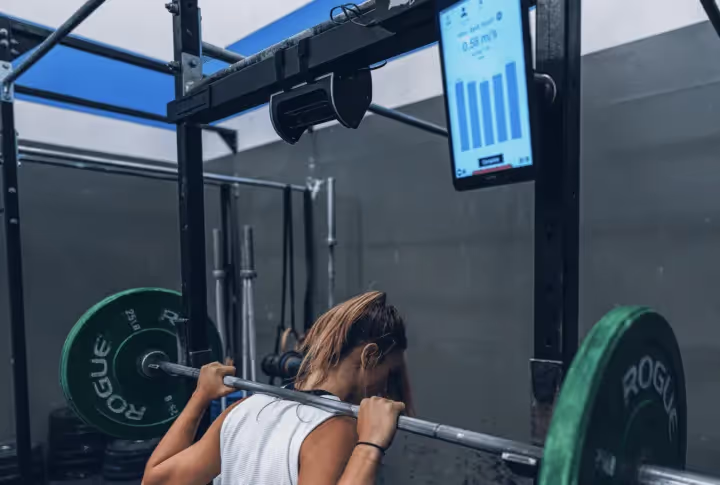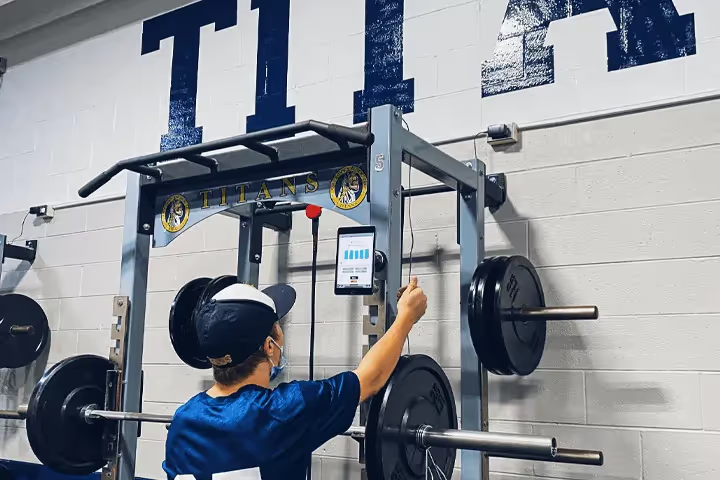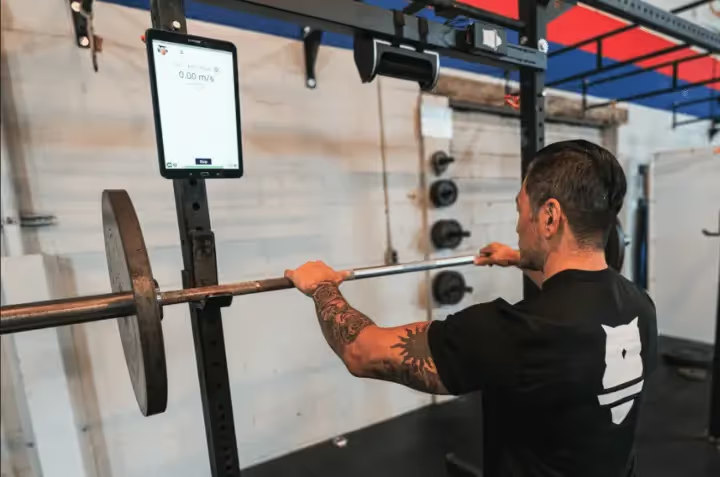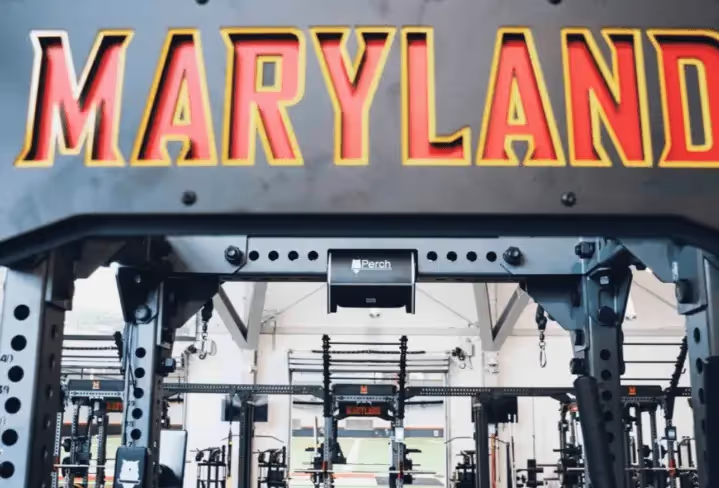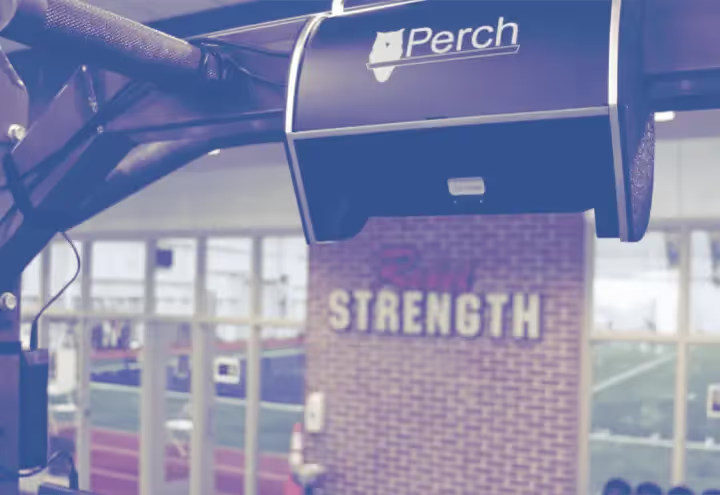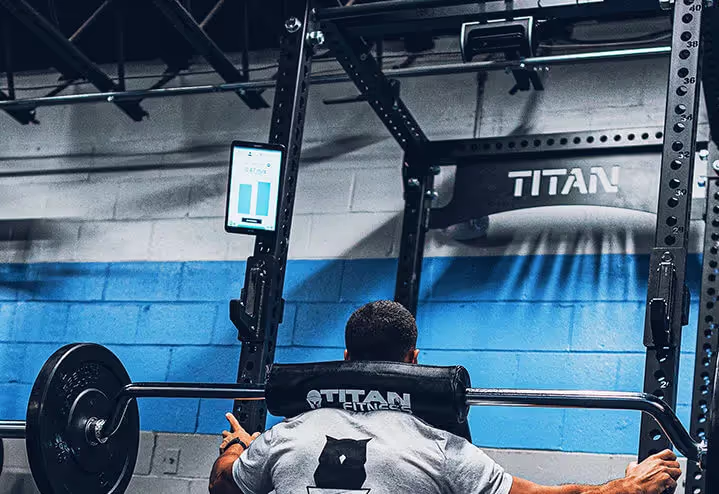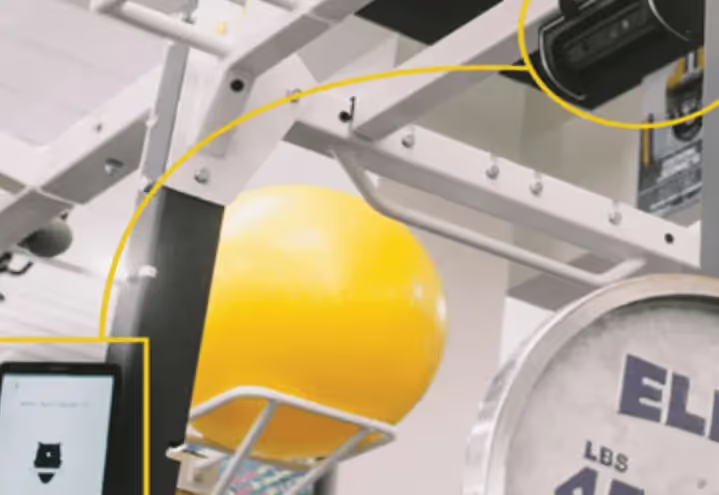Guest Blog Post 3: Brandon Golden

Brandon Golden has been coaching full time for nearly a decade. After completing his undergraduate degree at East Carolina University, he spent several years in various programs as a volunteer assistant, absorbing as much information as possible as he carved out a specialty for himself. He then served as a Graduate Assistant at St. John’s University where he was introduced to Velocity Based Training, and subsequently landed his first full time job at Charleston Southern University.
Brandon Golden returned to his alma mater in 2017 to coach strength & conditioning where he works with baseball, women’s soccer, and men’s tennis. He is primarily responsible for heading up the sports science efforts within the department, including velocity based training. We want to thank Brandon Golden for agreeing to write a guest blog post for Perch, and encourage you to follow him on both Instagram @coachbgolden and Twitter @coachbgolden, and take a peek at his website: www.coachbgolden.com Without further ado, Brandon take it away!
INTRODUCTION
This article is going to be the first of several with Velocity Based Training (VBT) as the subject. As with most initial posts, I am going to talk about why I use VBT and set the stage for future articles to come. Thank you to Perch for asking me to be a part of this, I’m passionate about VBT and am fired up for this opportunity to share my thoughts.
I first started using VBT as a Graduate Assistant at St. John’s University back in 2015. It has always been intriguing to me that it is not more commonplace in training. Since then, when available VBT has been something that I have leaned on as a resource. It was not until last season I started using VBT year-round, and this was the first Fall I have used it with baseball here at East Carolina. It has been a huge benefit to our program.

AUTOREGULATION IS KING
Every day, in facilities all over the country, on twitter, and just about anywhere else you turn, someone is giving an opinion on the best methods to train athletes. Let’s define what our jobs are as performance coaches, strength and conditioning coaches, or whatever sounds good that day (our title as coaches could be a whole separate article, however, I will spare you for now). Regardless, our job is to assess. Make a plan and then execute that plan. Sounds simple in theory, but when you add college classes, practice, games, travel, friends, family, and stressors of daily life, that plan can get derailed at times.
We as coaches talk to our athletes constantly about how they have to do the right things the other twenty-two or three hours of the day when they aren’t with us. My question is then, why aren’t we doing the same thing? How can we take all of those things mentioned above into account when planning a training session? My answer is VBT. It allows for autoregulation based off of a desired velocity that correlates with a desired quality being trained for that session.
If you were to come into the weight room today after practice, you would see a variety of plans being executed, based on what each guy needs. Individualization is key in college sports especially because of how important development is at this level. I can have four guys at a rack all squatting and all training different qualities based on the need of the individual, because, velocity dictates the load. If you haven’t read Bryan Mann’s book, do yourself a favor and read it, he does a great job at taking the research and making it digestible for coaches to implement.
BASEBALL AND VBT
This year we have a roster of thirty-five guys. Eighteen of them are returners to the program and the remaining are either freshmen or Junior College transfers. We have a mix of pitchers, position players, and several two-way guys. All of them have various qualities that need to be developed in order for them to help us win games. On top of that, they also have vastly different body types, strength levels, power outputs, and lever lengths.
Availability is the best quality for any athlete and for us, it is no different. Utilizing VBT allows me to ensure a guy will have the proper load for core lifts. Again, because velocity dictates the load, if the movement falls below the desired threshold, weight is taken off the bar. Just like if the velocity is above the threshold, weight is added to the bar, which is always motivating and exciting for everyone in the room.
BASEBALL AND STATISTICS
Baseball players today, more than ever, have numbers thrown in their faces on a daily basis. It’s a game heavily driven by stats. This technology allows me to tap into that. Having them know the desired range and quality that is associated with that range, they take ownership of their development. All I had to do was throw out the word velocity and they were hooked. It becomes fun for them as well as something they can truly see how it helps them become better baseball players.
Whether that is increasing the ability to produce and accept force in a pitcher’s lead leg to transfer that force into the arm and eventually the ball for a fast ball up in the zone, or increase velocity so the ball in the gap is a ball in the stands. VBT has helped me in showing our players how their training in the weightroom transfers to their performance on the field and is based on them as individuals.
VBT has helped me in showing our players how their training in the weightroom transfers to their performance on the field and is based on them as individuals.
Brandon Golden
STORY TIME
Just recently we had a pitcher who was home for Christmas break who had been training in the strength-speed range for the last few weeks of the semester. He goes home and trains with some buddies from high school, who obviously slap three plates on the bar and invite him to join. He’s a strong guy who would have no problem squatting that weight, however, he hadn’t squatted with a straight bar in a few years (our pitchers use safety bars). So, he gets in the rack and rattles off the 315 for fifteen reps. A massive PR and all the while not training anywhere near maximal effort. He gets back from break and is even more fired up and can’t wait to train to work towards his goal of increased velocity off the mound.
Before we go any further, I am not against lifting heavy weights. Lifting heavy is great for developing qualities that are needed as an athlete, and is something I believe in. At times, coaches have expressed their concern with VBT because it is viewed as only lifting light weights. That couldn’t be further from the truth. I am an advocate for enhancing performance on the field, regardless of what stimulus I have to expose them to. Throwing a 90+ mph pitch is the goal for most guys. Just like with any skill, there are many variables that go into that recipe and it is our job to decide how much of which quality is to be developed.
Stay tuned for more articles on how I use VBT with our baseball players at East Carolina and how it can help you better train your athletes too!

CONCLUSION
Perch wants to extend a huge thank you to Brandon Golden for his words of wisdom and applicable storytelling here, and the entire ECU Staff. Please feel free to follow him on Instagram and Twitter to see how he continues to innovate with technology in the weight room, and be sure to check out his website as well. Thanks Brandon Golden!
OTHER RELEVANT POSTS!
Check out part two of Brandon Golden's guest blog!
Curious about how different populations can utilize VBT? Check out our VBT for specific populations series!
Check out our Return To Play from Covid-19 series!
FOLLOW US!
Keep checking back for more velocity based training content, tips, tricks, and tools. And don’t forget to follow us on Twitter , Instagram and Linkedin and like us on Facebook.

Start Gathering Data With Perch Today!
Reach out to us to speak with a representative and get started using Perch in your facility.

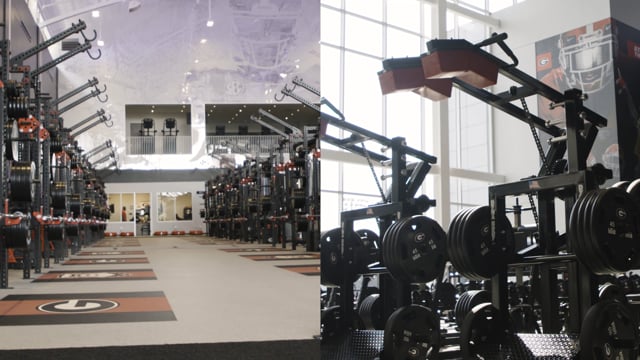
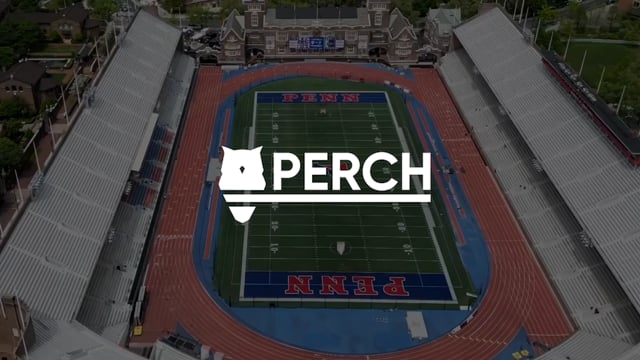
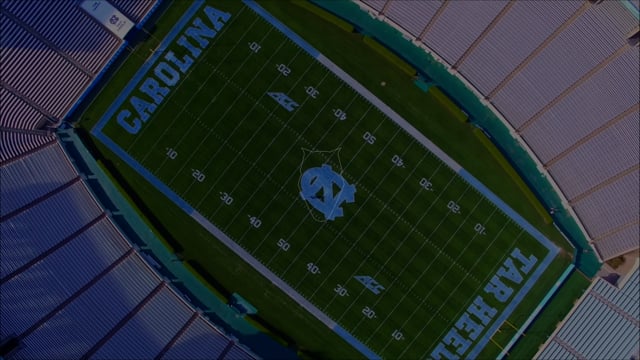
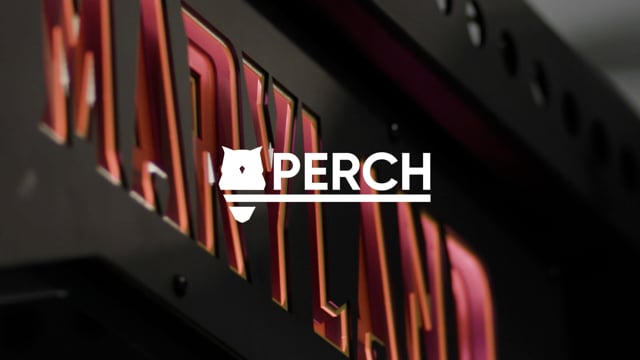
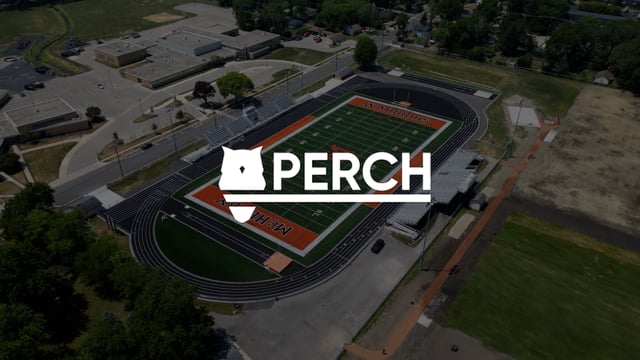
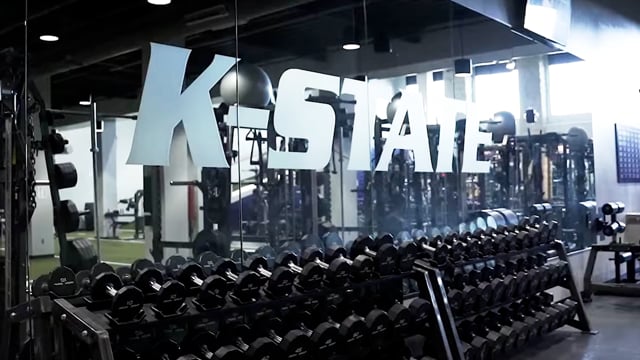

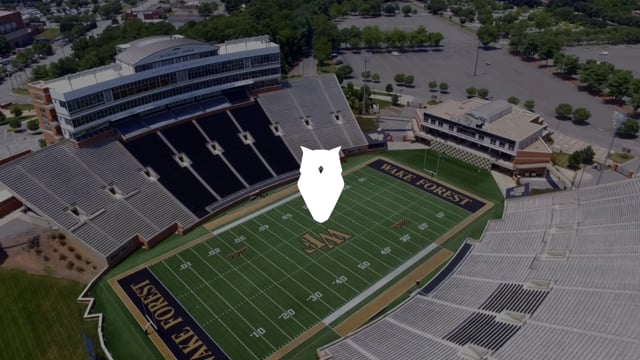
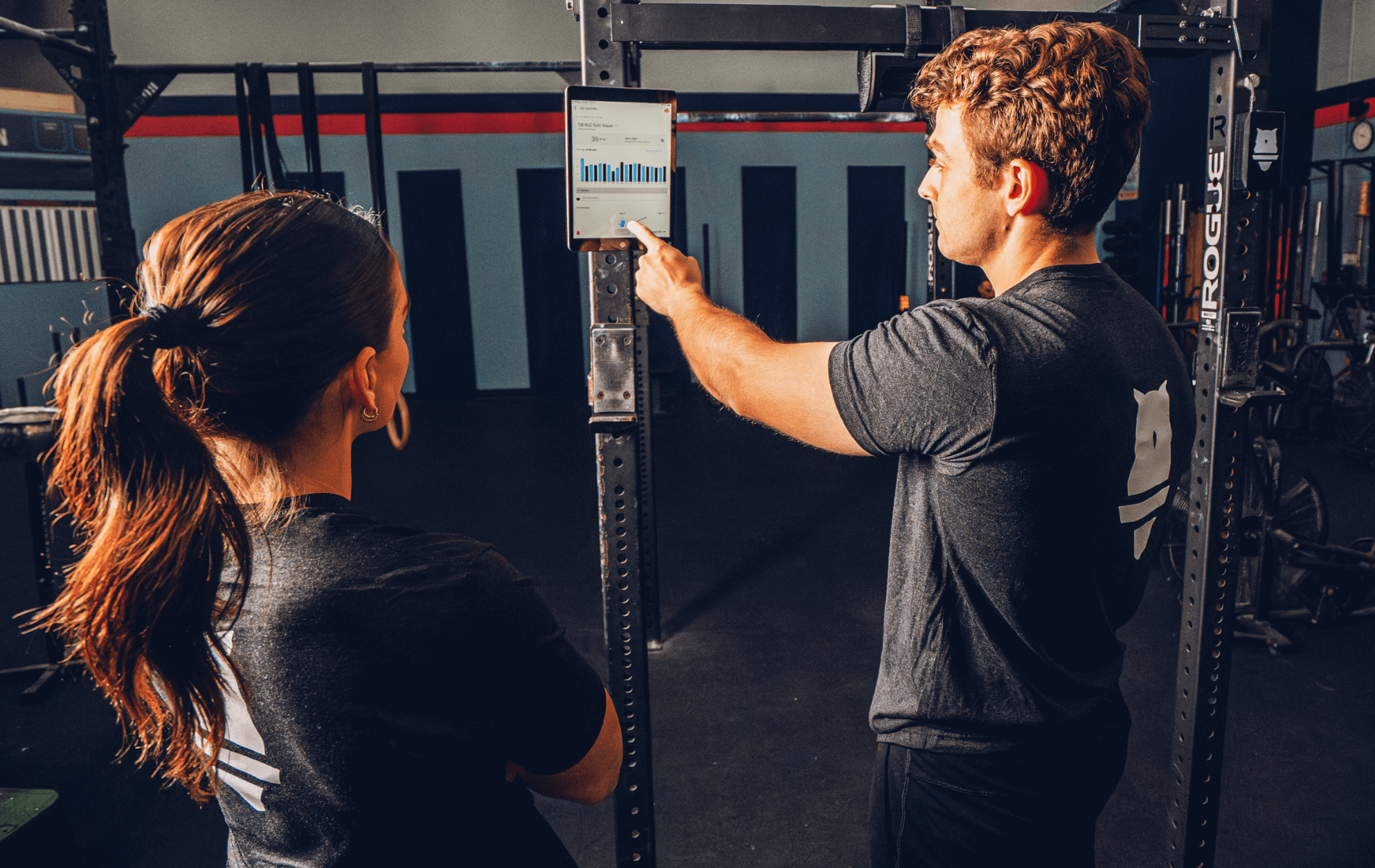
































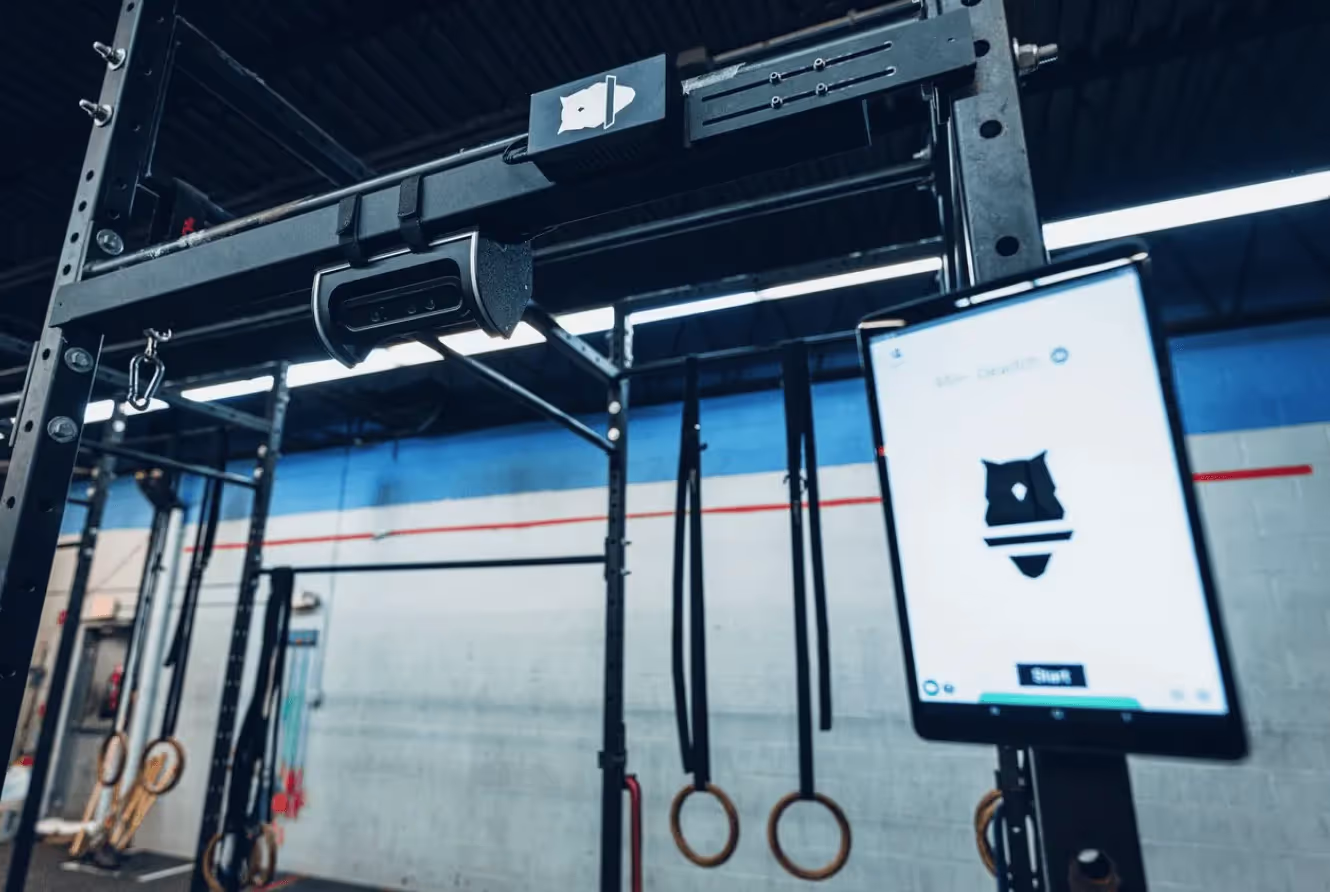
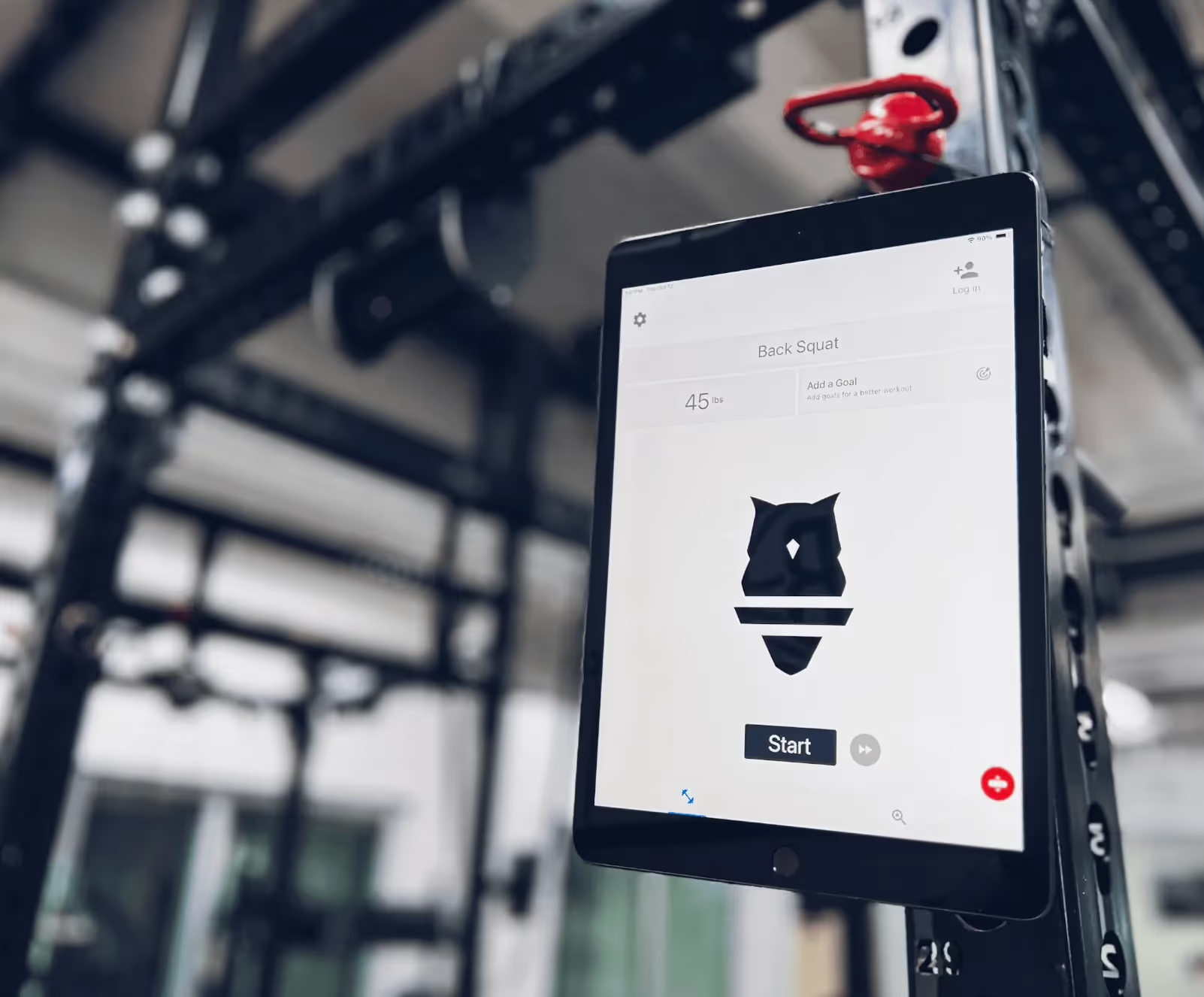



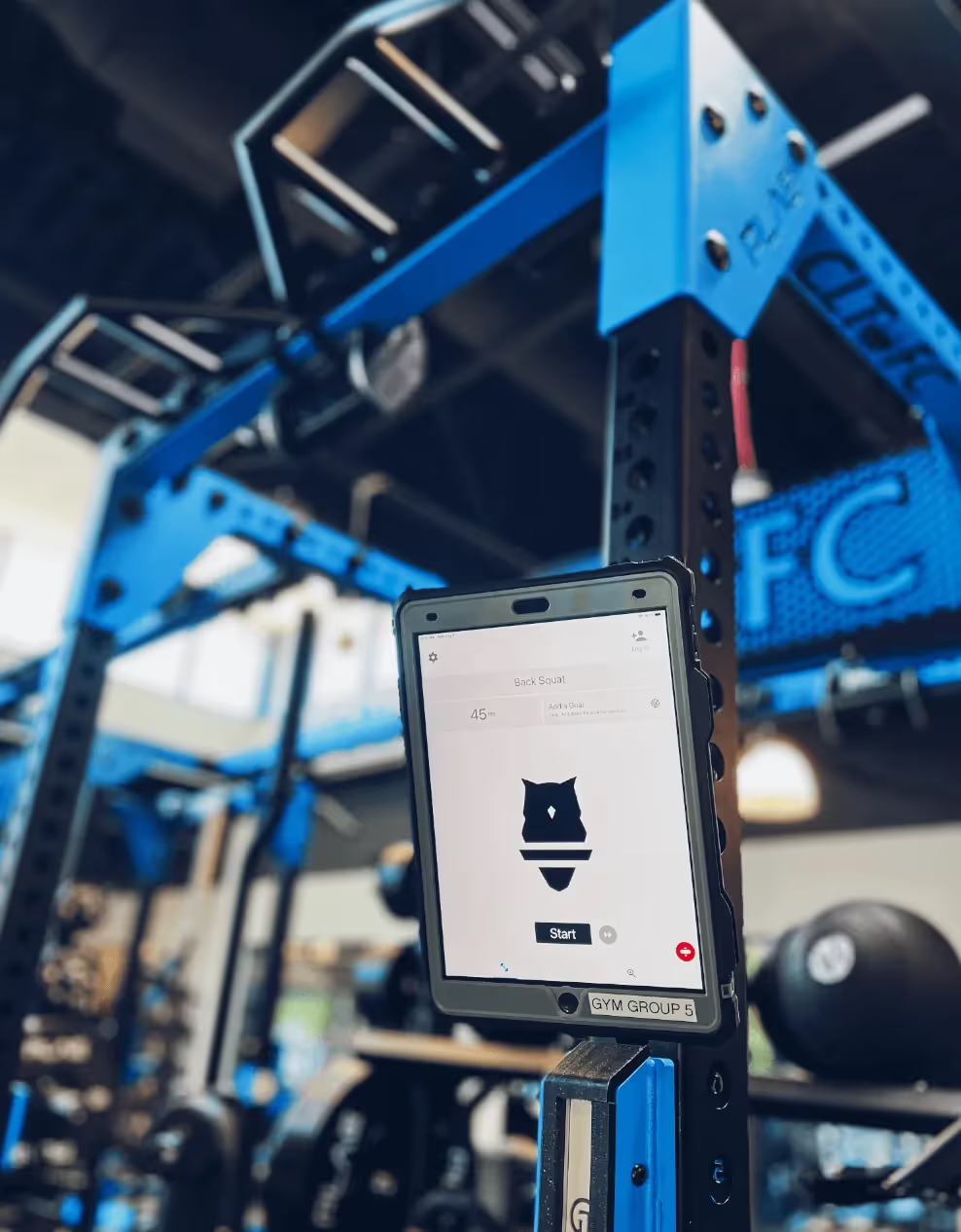
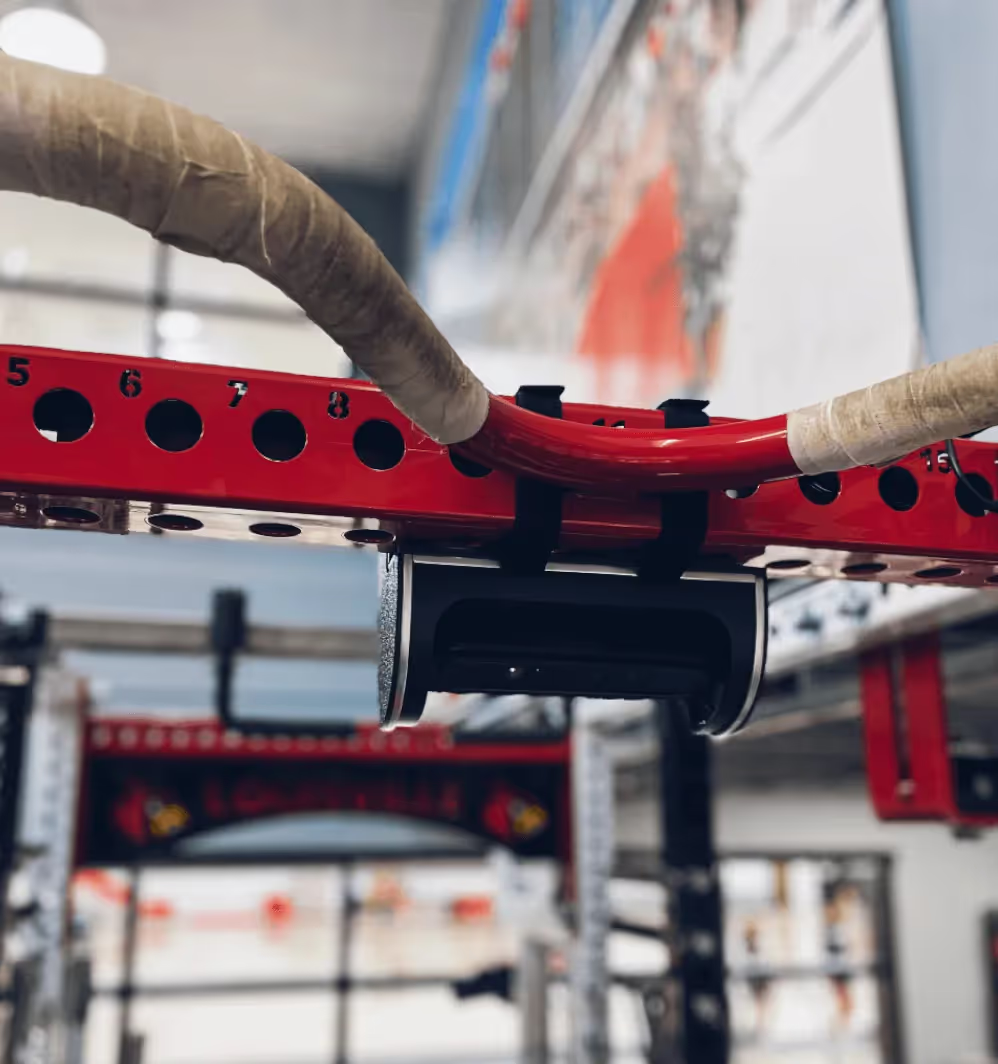






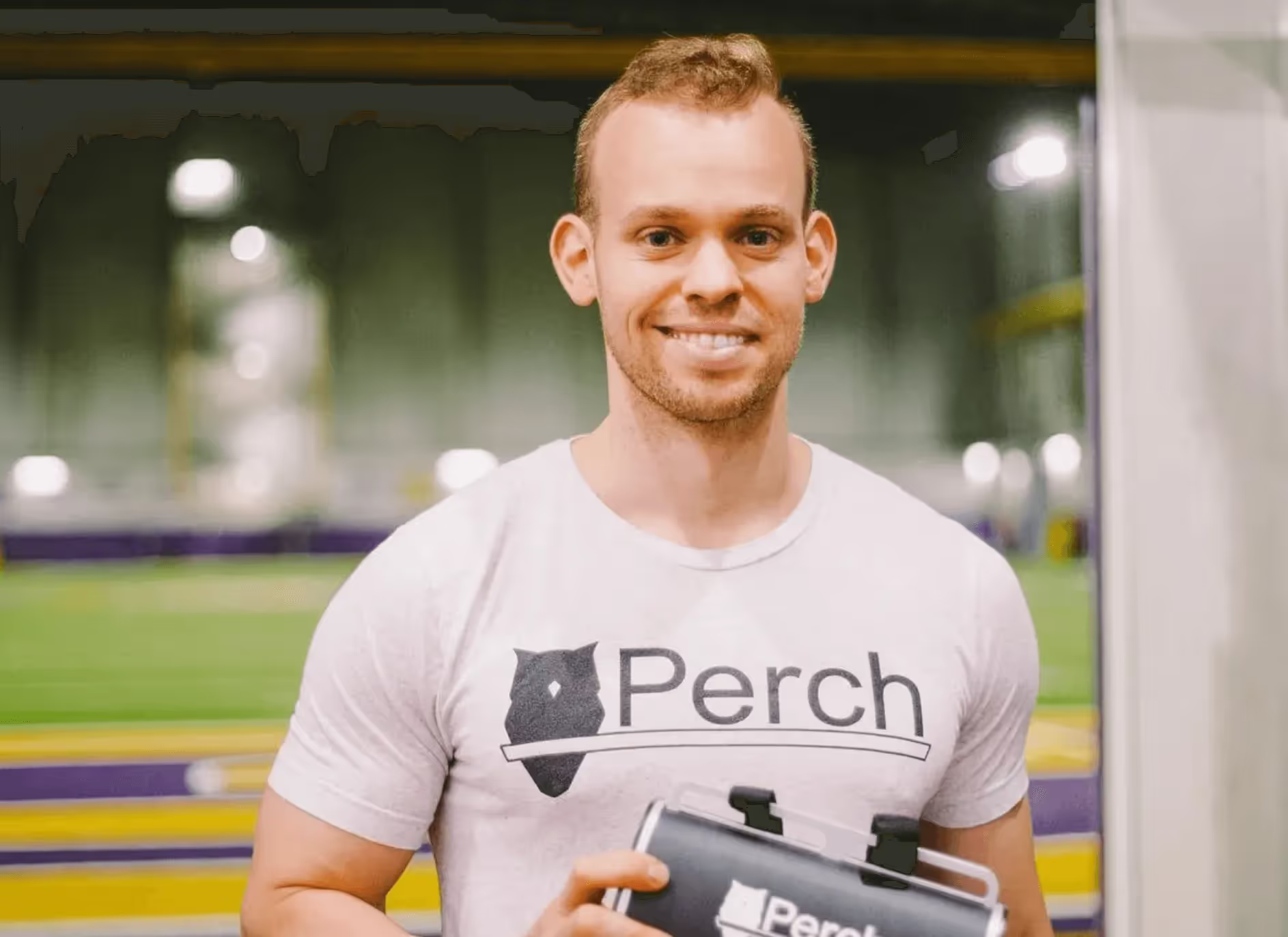


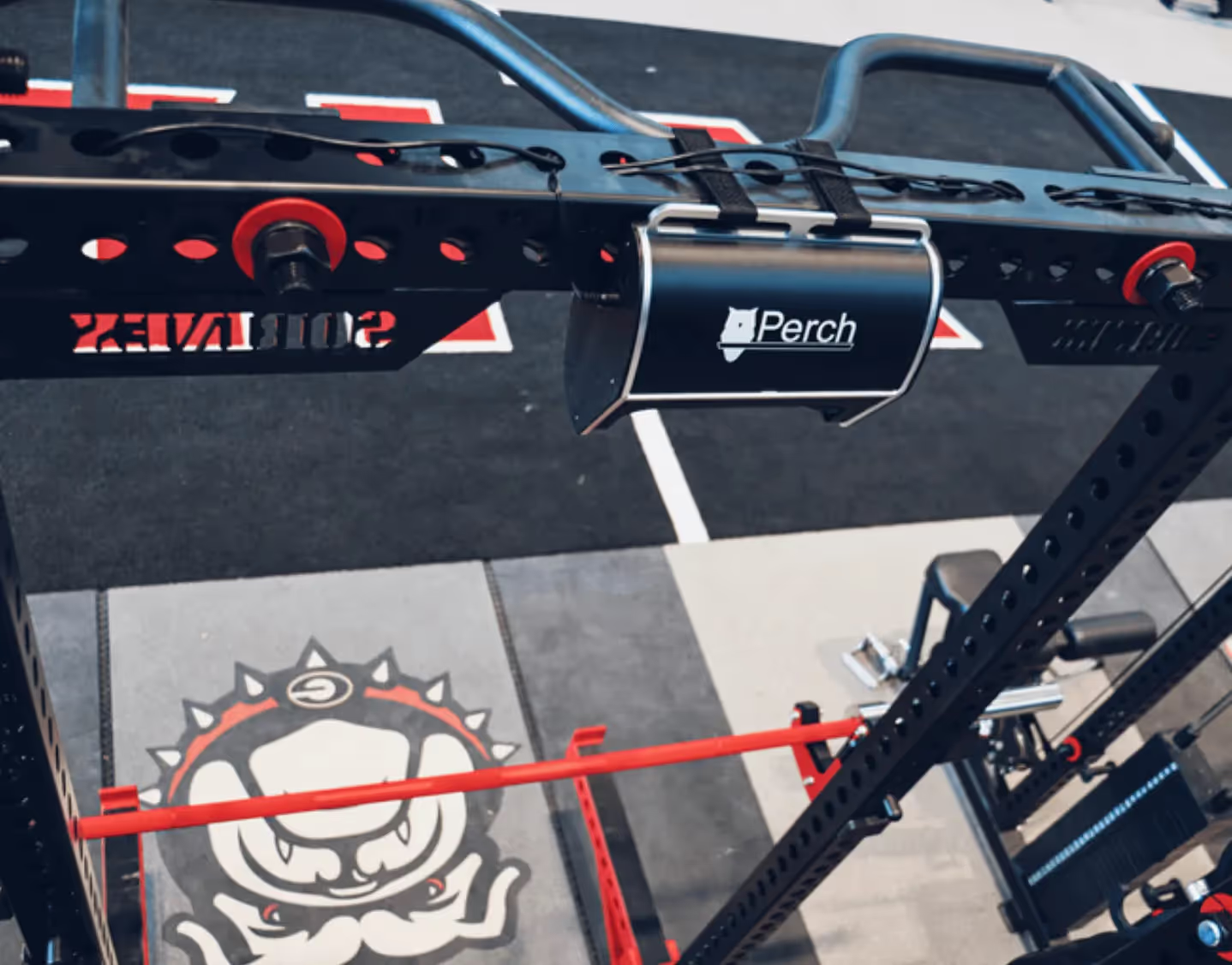


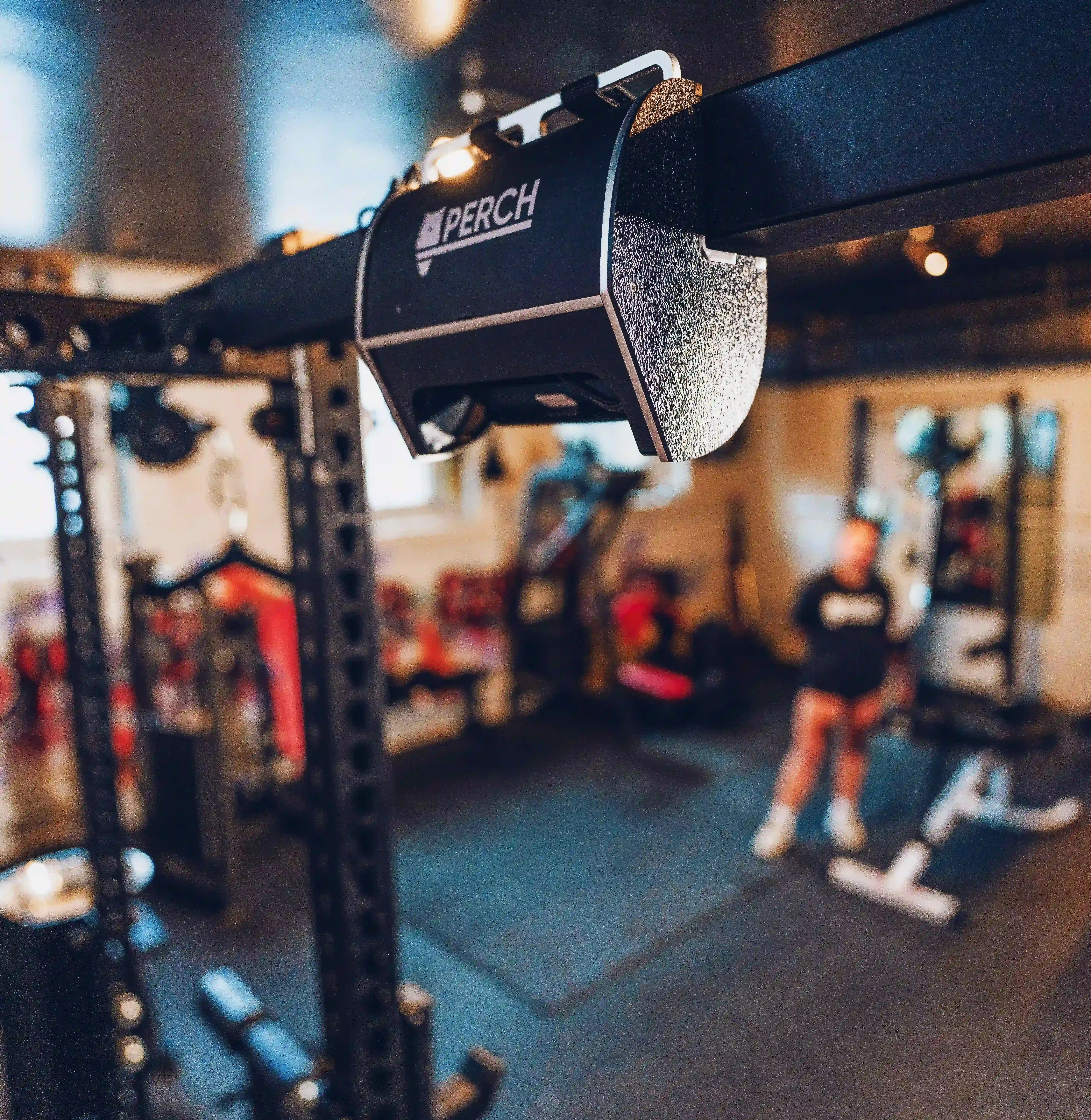
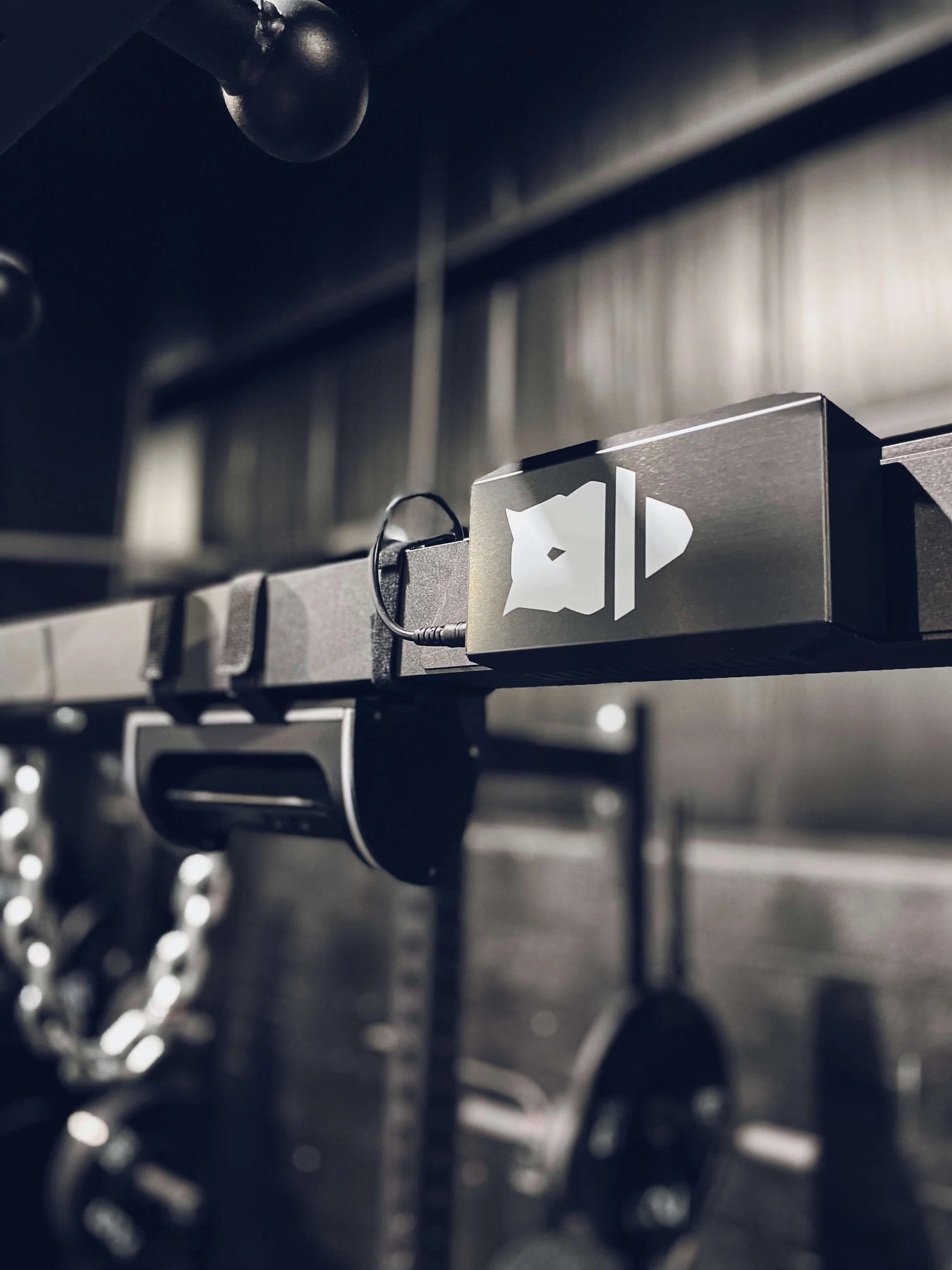

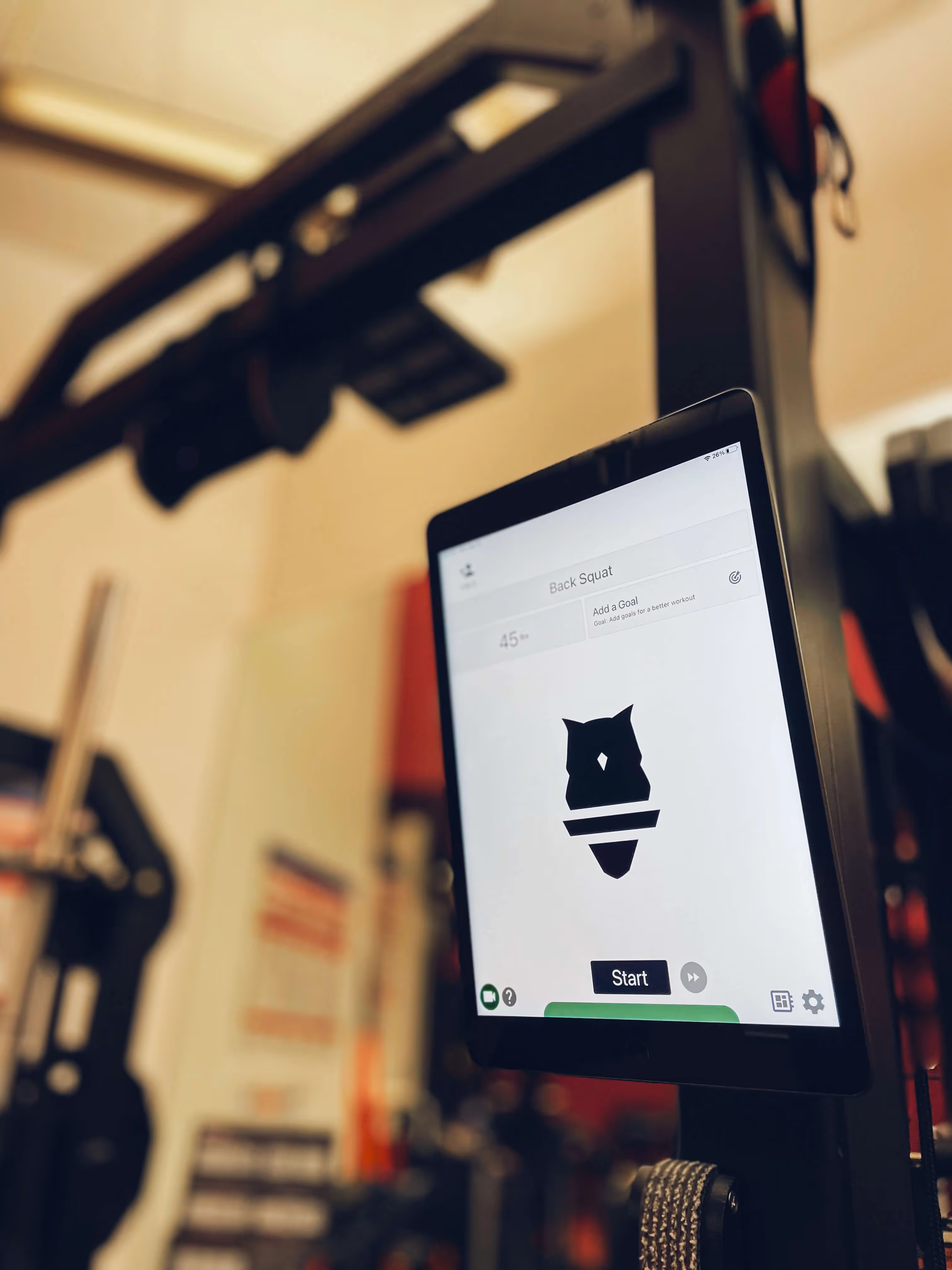

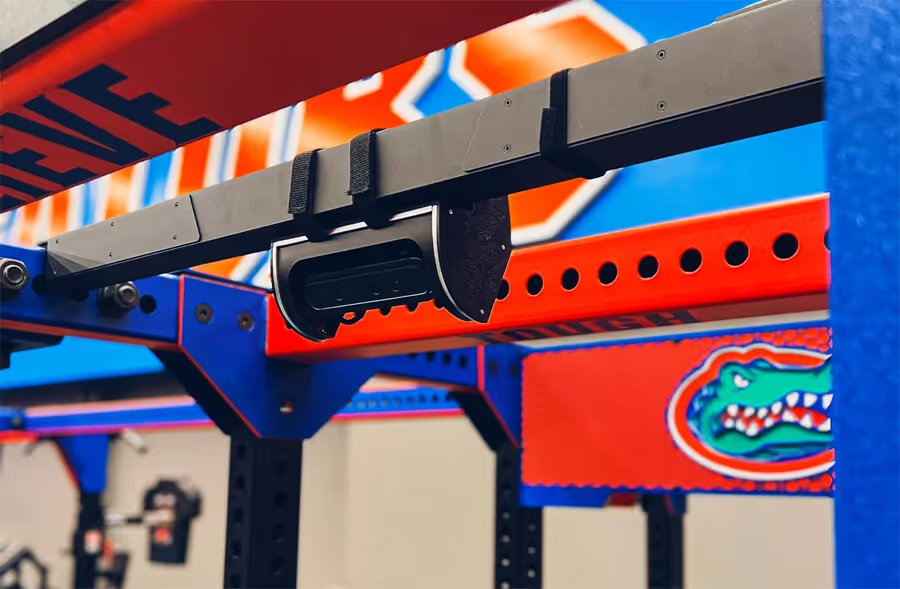
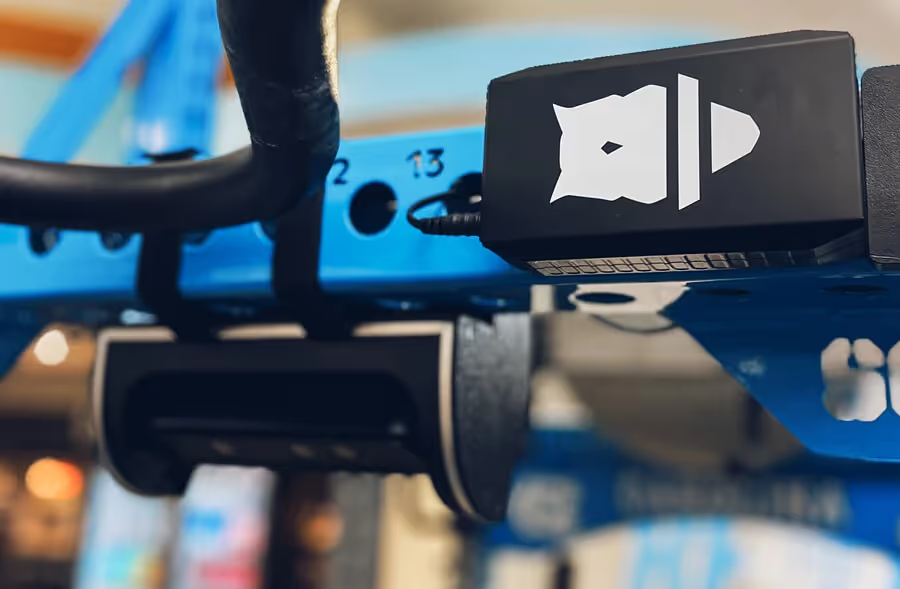

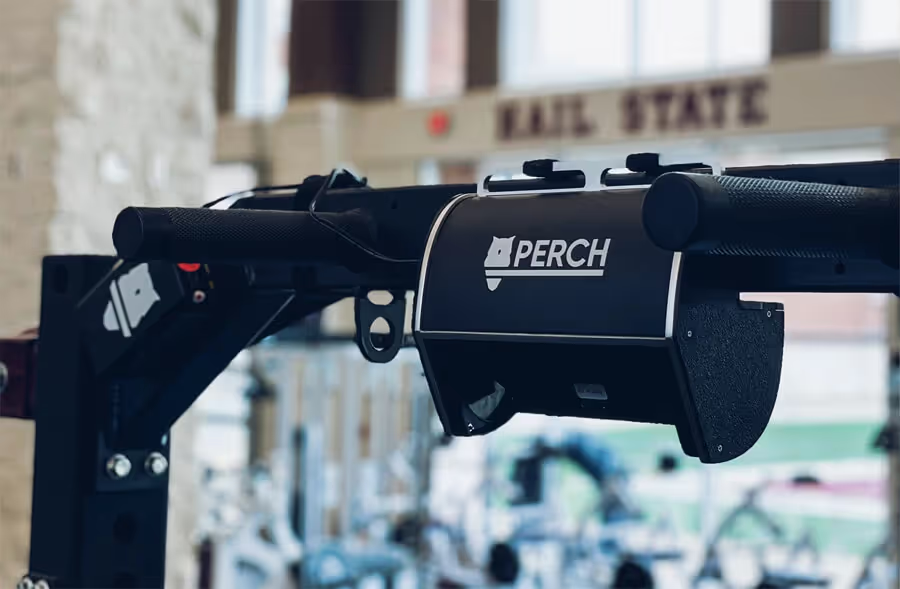



.avif)

